How did the wearables of the future appear in 1992? Excursion into the world of gadgets 1992 and 2003
In this image is a portable office. The belt is fixed touchpad keyboard and display for handwriting. The girl points to a microphone with which the user enters data, after which the computer recognizes them and translates them into text. Under the cut - a video about how we saw the wearable gadgets of the future in 1992, and detailed tours of 1992 itself with its gameboy, ThinkPad laptops and pagers, as well as 2003 - to understand how the forecast came true.

The 1992 Discovery program is dedicated to wearable gadgets of the future - augmented reality glasses, wearable computers, speech recognition systems for entering data without hands.
The authors of the issue had something to start from - they had opinions of science fiction writers and real developments ahead of their time. But I propose not to look into the past future, but to see what high-tech devices people could use in 1992.
In 1984, the Seiko Epson smartwatch RC-20 Wrist Computer appeared. Model RC-1000 Wrist Terminal - a terminal for remote access to computers Apple, Commodore, IBM.
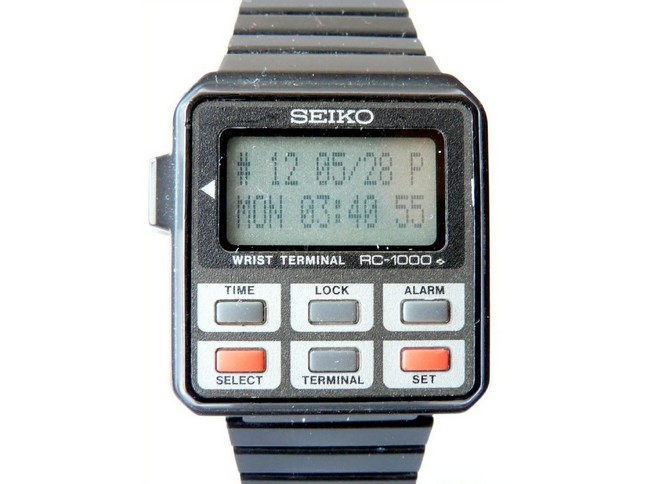
A year later, the RC-20 Wrist Computer appeared with a 42x32-dot monochrome LCD, an 8-bit Zilog Z80 microprocessor, 2 KB of RAM and 8 KB of permanent memory.
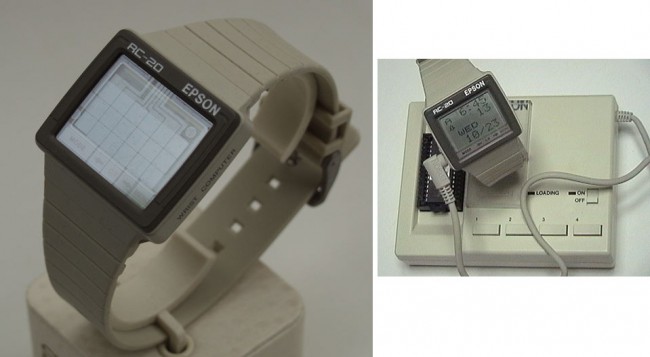
In 1988, four years before the release of the video, the Cambridge Z88 laptop, the size of an A4 paper sheet, was released. The gadget based on the 3.2 MHz Z80A processor allowed working with texts, tables and databases, with other programs and utilities - including the BBC BASIC.

In 1988, PC Magazine first called the gadget a "laptop" - it was NEC UltraLite.

In 1991, the Apple PowerBook 100 appeared, and in 1992, IBM launched the ThinkPad line.
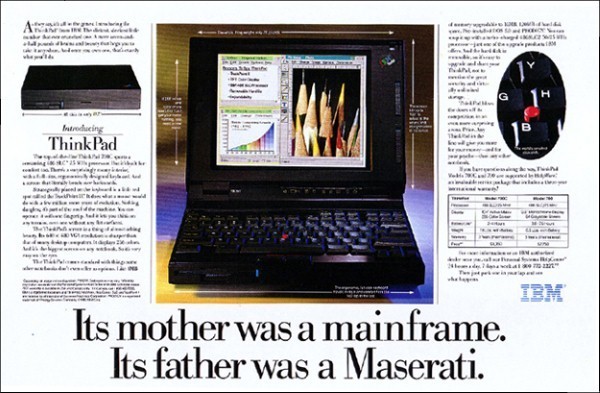
A portable toy with a bunch of additional devices is a child's dream of the early 1990s. The Nintendo Game Boy, released in 1989, had low power consumption - meaning long play time, an external battery, a fish finder sonar, a printer, and other add-ons.
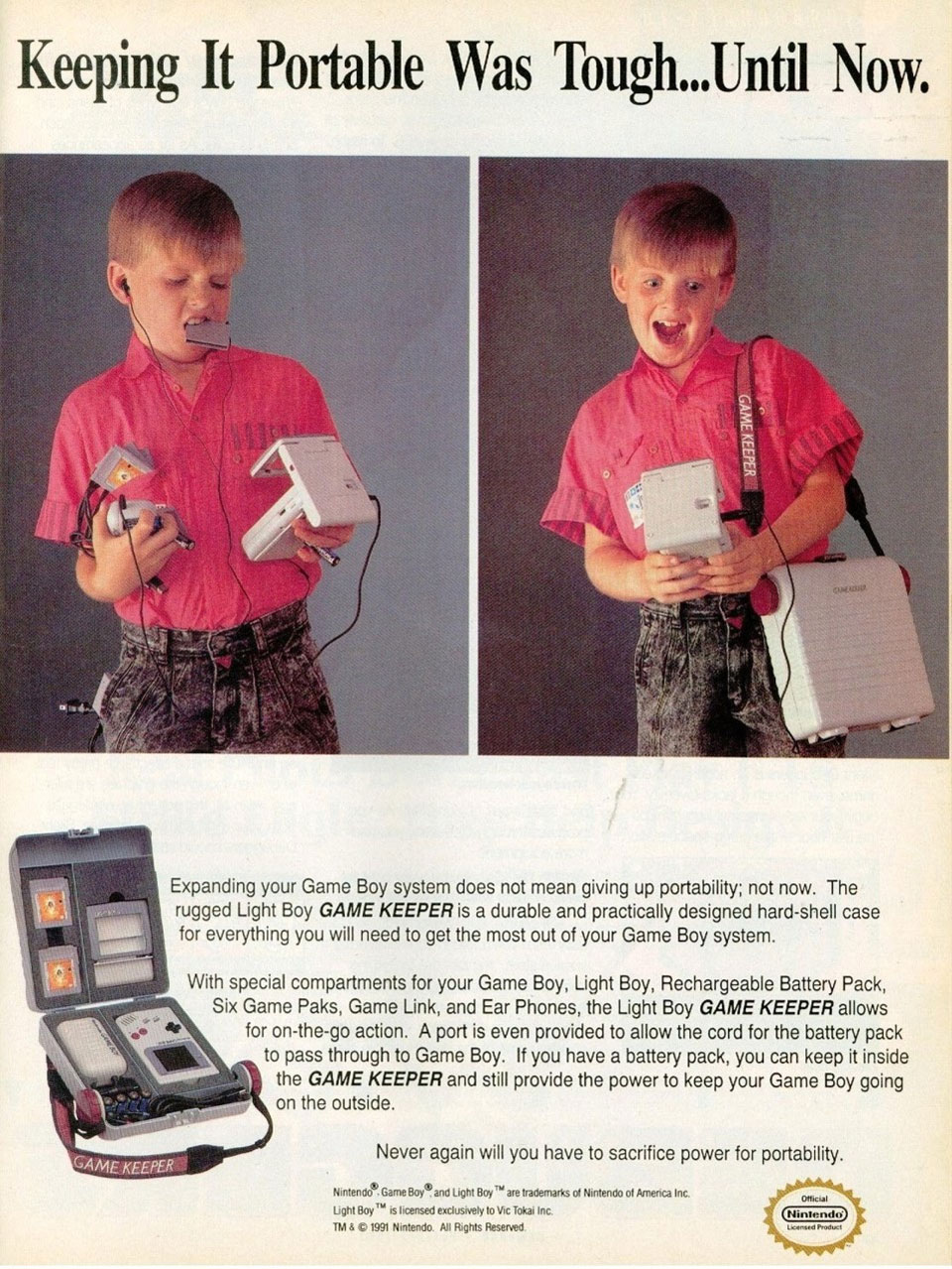
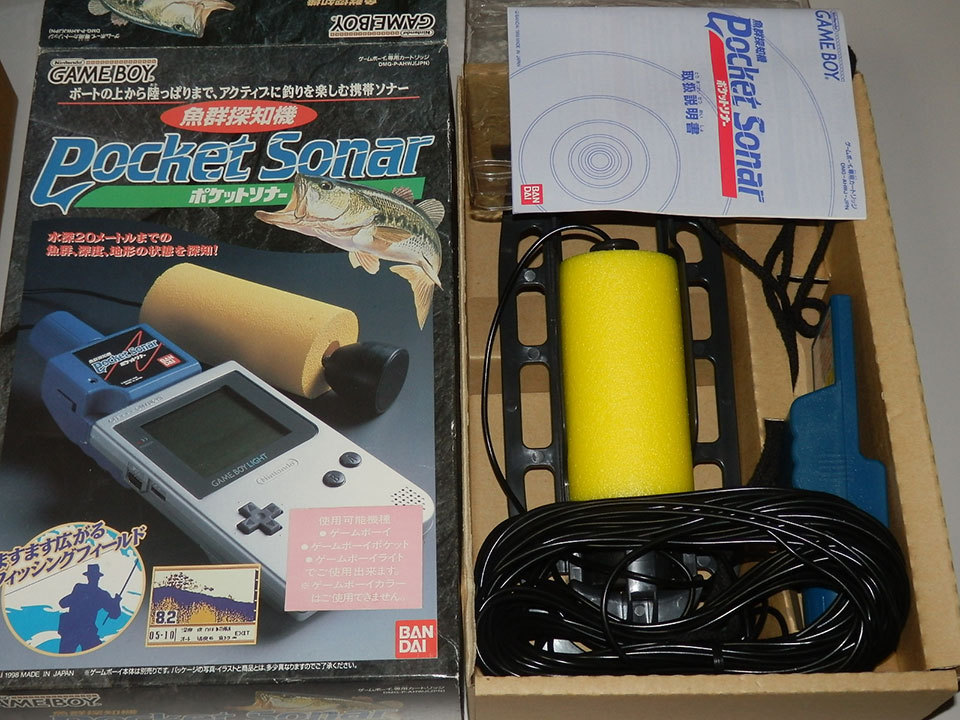
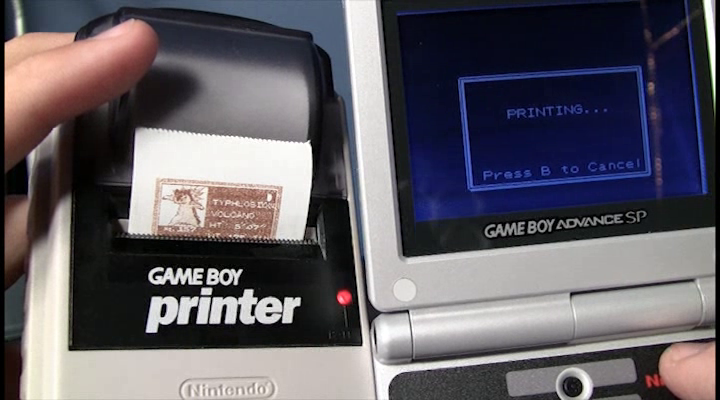
In 1989, Atari released the first Lynx color game console. The console offered the opportunity to play together up to seventeen people, the screen rotated 180 degrees, and Toby Maguire, one of the actors who played the role of Spider-Man, starred in commercials.
In 1991, an updated version of the console was released.
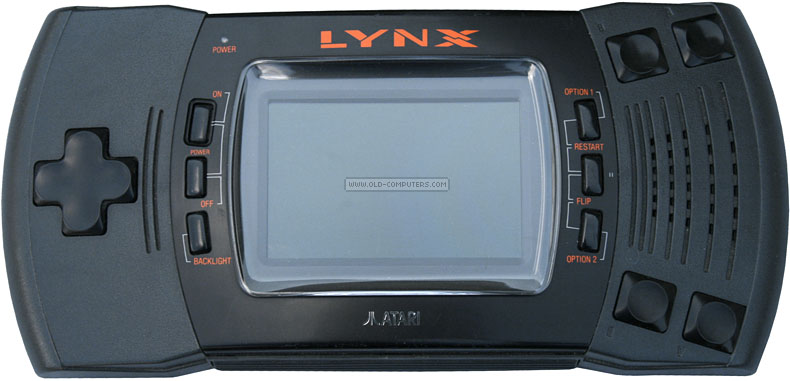
In 1990, NEC released the first portable game console with 16-bit graphics. The resolution of the 2.6-inch screen is 400x270 pixels. A TV tuner could make a portable TV out of Turboexpress.

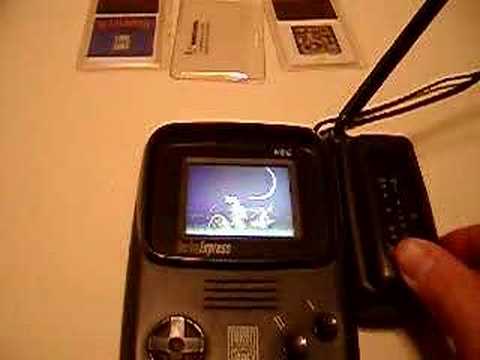
The Sega Game Gear also turned into a TV using a tele-tuner. The 3.2-inch color screen could be magnified with a lens up to five inches.
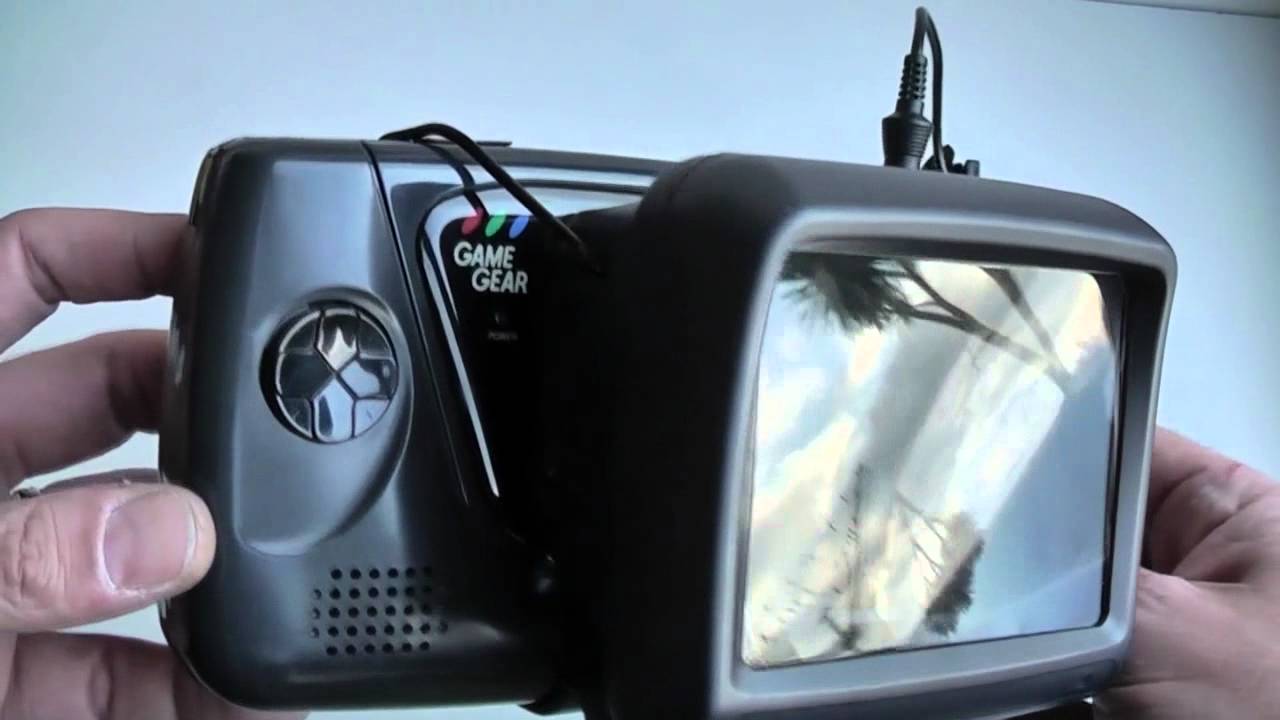
In the 1990s, pagers in Russia were a sign of prosperity. At the same time, the first paging connection in the USSR appeared in the 1960s, then for the 1980 Olympics in Moscow, the Multitone company opened the network to prepare for competitions. Pagers became available to Russian ordinary citizens in 1993.
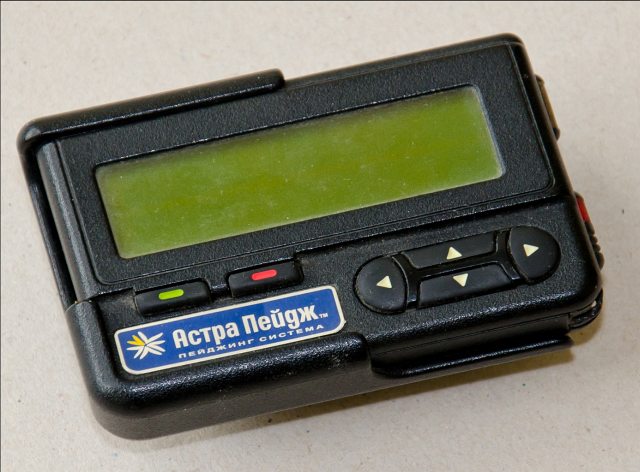
In 1989, Centel offered a cell phone of almost portable size.
The Radio Shack phones in 1990 were slightly larger.
In 1993, it was developed, and in 1994, IBM Simon, the first smartphone, went on sale. The phone with a touch screen directly combined a mobile phone, PDA, fax, pager, had an address book, a notepad, e-mail, and performed other functions.
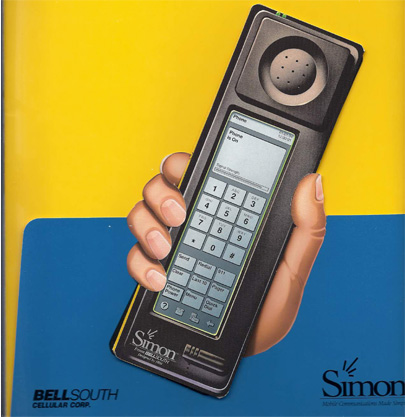
Did the forecast come true? Exactly the same devices we have not received. But a number of gadgets met the requirements that the authors of the program talked about.
In 2001, at CES in Las Vegas, Samsung introduced a good-looking gadget with watch and phone features.

In 2002, Bill Gates introduced the watch with Smart Personal Object Technology - technology for household appliances and personal electronics.
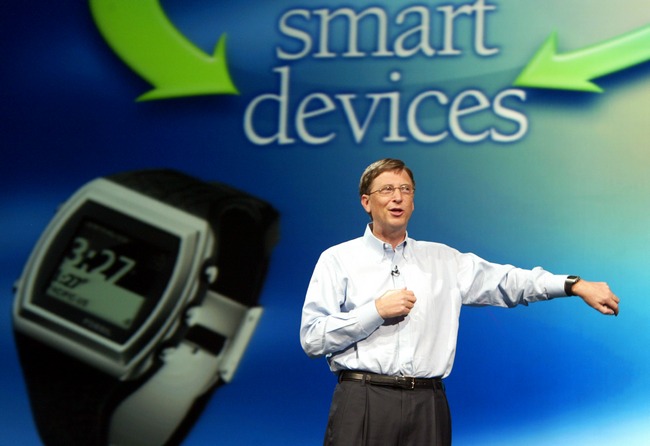
In the same year, the Fossil Wrist PDA - a PDA on Palm OS running on the user's wrist - appeared on sale.
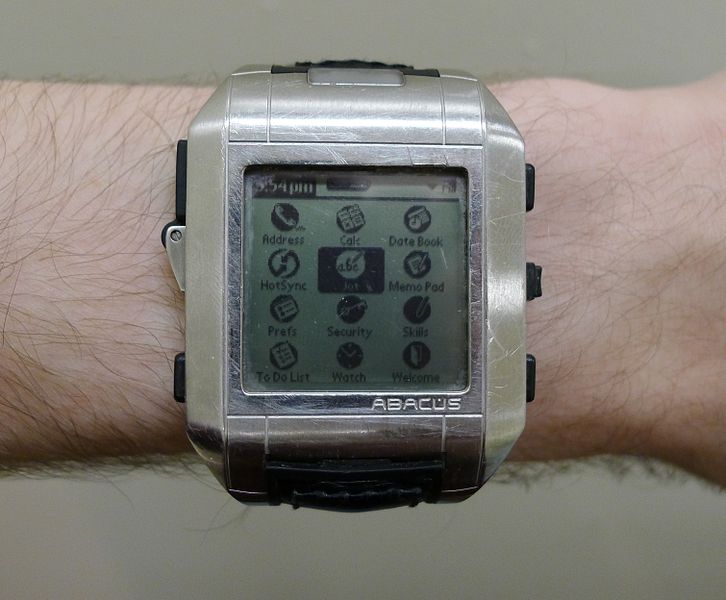
In 2002, the Nokia 9210 came out - this phone can be called a laptop computer. The smartphone had a full-size keyboard.
But the first device, which received the definition of “smartphone” as part of advertising, appeared in 200 - this is Ericsson R380 on Symbian OS.
Nintendo, in the wake of Game Boy's success, began selling the color version of the console in 1998.

In 1999, the Neo Geo Pocket Color prefix appeared, sales began around the world. This was the main competitor to Game Boy.

In 2003, Nokia released the gaming N-Gage. Nokia tried to adapt the keyboard immediately to both games and a set of sms messages, but gave priority to the first function.

In 2003, ASUSTeK Computer launched the S200 laptop with an 8.9-inch LCD screen and ULV Pentuim-III processor. At that time, it was the smallest full-fledged laptop in the world.

At CompuTex 2003, Asus introduced the MyPal A620 Pocket PC. The gadget even had GPS - but only external.


Augmented reality began with the development of NASA for pilots: the system superimposed data on the image. And in March 2004, the One News channel showed technology that allows you to overlay additional data on reality - the user is inside a virtual house, behind whose windows he sees reality.
In the 1930s of the twentieth century, clothing designers in the USA were sure that in the future there would be electricity in costumes - for example, for a shining halo. People will carry the radio with them along with keys and a coin wallet. In many ways, they were right: our smartphones are able to receive information.

In 1981, in a contest for the phone of the future, one of the participants suggested that this device would be combined with a watch. He turned out to be right - Samsung and a number of other manufacturers have already integrated the SIM card port into the watch.
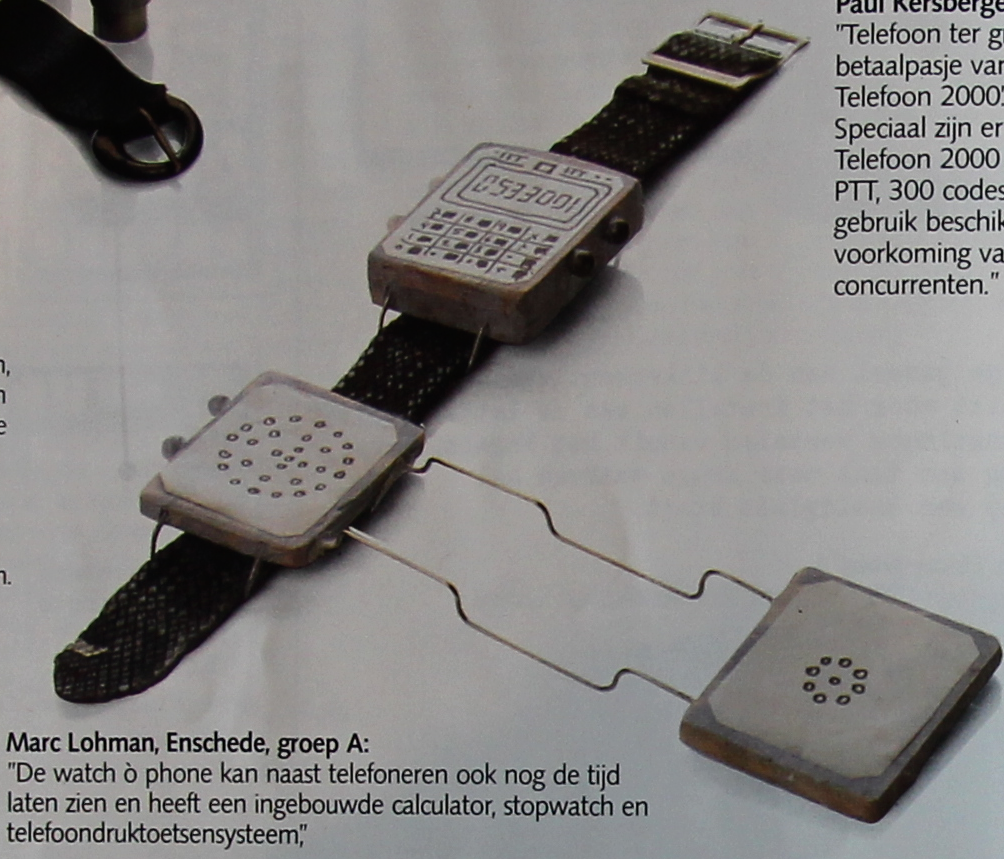
Discovery's forecast as a whole turned out to be correct, but only if we talk about the essence, and not about the form factors. The authors did not expect that people would stop using CD-ROMs on the street, and that most of the functions of their devices in 2003 will be performed by PDAs and smartphones. Here are just augmented reality glasses with the necessary functionality by 2003 have not been built.

The 1992 Discovery program is dedicated to wearable gadgets of the future - augmented reality glasses, wearable computers, speech recognition systems for entering data without hands.
In the near future, people will wear the computers they carry. They will choose devices not for bits, bytes and RAM, but how to choose designer clothes or jewelry - for appearance, convenience and style.
The authors of the issue had something to start from - they had opinions of science fiction writers and real developments ahead of their time. But I propose not to look into the past future, but to see what high-tech devices people could use in 1992.
Electronics in 1992
Clock
In 1984, the Seiko Epson smartwatch RC-20 Wrist Computer appeared. Model RC-1000 Wrist Terminal - a terminal for remote access to computers Apple, Commodore, IBM.

A year later, the RC-20 Wrist Computer appeared with a 42x32-dot monochrome LCD, an 8-bit Zilog Z80 microprocessor, 2 KB of RAM and 8 KB of permanent memory.

Computers
In 1988, four years before the release of the video, the Cambridge Z88 laptop, the size of an A4 paper sheet, was released. The gadget based on the 3.2 MHz Z80A processor allowed working with texts, tables and databases, with other programs and utilities - including the BBC BASIC.

In 1988, PC Magazine first called the gadget a "laptop" - it was NEC UltraLite.

In 1991, the Apple PowerBook 100 appeared, and in 1992, IBM launched the ThinkPad line.

Games
A portable toy with a bunch of additional devices is a child's dream of the early 1990s. The Nintendo Game Boy, released in 1989, had low power consumption - meaning long play time, an external battery, a fish finder sonar, a printer, and other add-ons.



In 1989, Atari released the first Lynx color game console. The console offered the opportunity to play together up to seventeen people, the screen rotated 180 degrees, and Toby Maguire, one of the actors who played the role of Spider-Man, starred in commercials.
In 1991, an updated version of the console was released.

In 1990, NEC released the first portable game console with 16-bit graphics. The resolution of the 2.6-inch screen is 400x270 pixels. A TV tuner could make a portable TV out of Turboexpress.


The Sega Game Gear also turned into a TV using a tele-tuner. The 3.2-inch color screen could be magnified with a lens up to five inches.

Communication
In the 1990s, pagers in Russia were a sign of prosperity. At the same time, the first paging connection in the USSR appeared in the 1960s, then for the 1980 Olympics in Moscow, the Multitone company opened the network to prepare for competitions. Pagers became available to Russian ordinary citizens in 1993.

In 1989, Centel offered a cell phone of almost portable size.
The Radio Shack phones in 1990 were slightly larger.
In 1993, it was developed, and in 1994, IBM Simon, the first smartphone, went on sale. The phone with a touch screen directly combined a mobile phone, PDA, fax, pager, had an address book, a notepad, e-mail, and performed other functions.

Electronics in 2003
Did the forecast come true? Exactly the same devices we have not received. But a number of gadgets met the requirements that the authors of the program talked about.
Clock
In 2001, at CES in Las Vegas, Samsung introduced a good-looking gadget with watch and phone features.

In 2002, Bill Gates introduced the watch with Smart Personal Object Technology - technology for household appliances and personal electronics.

In the same year, the Fossil Wrist PDA - a PDA on Palm OS running on the user's wrist - appeared on sale.

Communication
In 2002, the Nokia 9210 came out - this phone can be called a laptop computer. The smartphone had a full-size keyboard.
But the first device, which received the definition of “smartphone” as part of advertising, appeared in 200 - this is Ericsson R380 on Symbian OS.
Games
Nintendo, in the wake of Game Boy's success, began selling the color version of the console in 1998.

In 1999, the Neo Geo Pocket Color prefix appeared, sales began around the world. This was the main competitor to Game Boy.

In 2003, Nokia released the gaming N-Gage. Nokia tried to adapt the keyboard immediately to both games and a set of sms messages, but gave priority to the first function.

Computers
In 2003, ASUSTeK Computer launched the S200 laptop with an 8.9-inch LCD screen and ULV Pentuim-III processor. At that time, it was the smallest full-fledged laptop in the world.

At CompuTex 2003, Asus introduced the MyPal A620 Pocket PC. The gadget even had GPS - but only external.


Augmented Reality Glasses
Augmented reality began with the development of NASA for pilots: the system superimposed data on the image. And in March 2004, the One News channel showed technology that allows you to overlay additional data on reality - the user is inside a virtual house, behind whose windows he sees reality.
Total
In the 1930s of the twentieth century, clothing designers in the USA were sure that in the future there would be electricity in costumes - for example, for a shining halo. People will carry the radio with them along with keys and a coin wallet. In many ways, they were right: our smartphones are able to receive information.

In 1981, in a contest for the phone of the future, one of the participants suggested that this device would be combined with a watch. He turned out to be right - Samsung and a number of other manufacturers have already integrated the SIM card port into the watch.

Discovery's forecast as a whole turned out to be correct, but only if we talk about the essence, and not about the form factors. The authors did not expect that people would stop using CD-ROMs on the street, and that most of the functions of their devices in 2003 will be performed by PDAs and smartphones. Here are just augmented reality glasses with the necessary functionality by 2003 have not been built.
